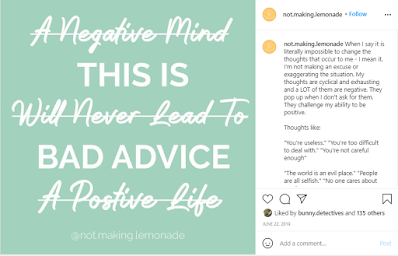Digital Artifact Brainstorming
477 – Digital Artifact Brainstorm
What’s a digital artifact? An artifact is a thing made by human(s), not naturally occurring; often left behind when a person or culture moves on. A digital artifact, therefore, would be a likely non-tangible creation, left on the internet or computer system. While physical artifacts can take many forms from pottery to automobile to textile to landscaping, digital artifacts too can vary widely in form, function, and topic.
Digital artifact formats include:
- Videos & vlogs
- Audio files & podcasts
- Images & slideshows
- Journals & blogs
- Infographics
- Interactives
o Video games
o Virtual reality (VR) & Augmented reality (AR)
o Alternate reality games (ARGs) and unfiction
- Animations & webcomics
- Websites & archives
Digital artifacts can take a wide variety of topics, including:
- Original content [OC]
- Shared content
o Reposts
o Responses
o Critiques
- Remixes
o Mashups
o Memes
o Snowclones
o Reboots and remakes
o Fan fiction
As I’m meant to create a digital artifact for LIBE 477, I’ve been thinking about my digital footprint as it already is. I have some “live” artifacts to my name, including my social media accounts on Instagram and Facebook. I have more “dead” artifacts, though, including social media accounts on AOL, MySpace, Xanga, and Friendster; dead blogs on Blogger and LiveJournal, and a handful of GeoCities websites that (probably) got purged when the service closed in 2009. My backup hard drive holds more dead artifacts: photos dating back to my first digital camera in 2003, mp3s I downloaded from Napster starting in 1999, transcripts of AIM, ICQ, and MSN chats with ex-boyfriends, emails to and from my friends of over 20 years ago, and countless videos, games, and images that are in formats no longer supported by current software.
Most of these are passive artifacts—mostly leftovers from my digital life. I haven’t ever deliberately created something for the purpose of making an artifact—in fact, using this term makes me think that what I make should be of value to future users, to posterity, to anthropology. On the other hand, my online journals were written with an eye to the future, documentation of events that I would want to revisit someday. Not that I have. But it’s there.
For the LIBE class, however, I want to make something that has some meaning, purpose, and value to future users (myself or others). The formats above that caught my imagination were augmented reality and ARGs. I’ve watched a lot of “ARG-explained” videos on YouTube (NightMind and Nightmare Masterclass are my favourites) and played Pokémon Go when it first came out in 2016.
"What is Unfiction?" video uploaded to YouTube by NightMind - who also posts a series on how to create ARGs.
I can almost imagine what a site-based alternate/augmented reality game might look like, in the context of a school library. Would it be a tool for cross-referencing nonfiction resources with online critiques? Would it be a murder mystery game? I’m going to do more research into how to build an ARG, and what software to use for AR and try to make something cool for the users of my school library.

Very interesting ideas in your post about artifacts. I appreciated a little nostalgic trip down my own past of digital tools, communities and artifacts left behind on old hard drives, burned cds, and transcripts. I was new to the ideas of ARG and Unfiction, but see a lot of similiarities with 'games' and platforms I've participated in like The Stanley Parable, or even Valve's most recent Half Life: Alyx, - both experiences that explore new models and formats of story telling. I appreciated the video, it helped my understanding a lot. Looking forward to following along.
ReplyDeleteOne of the reasons that I am resistant to being a creator of meaningless digital content (and don't buy into things like Pinterest, Instagram, Twitter etc.) is that idea of dead artifacts. No one really cares about me and my golden retriever (even though he is cute as hell) and I just imagine this giant digital landfill and think about how much digital space is being taken up by things that are never being looked at or utilized. I also personally think it is very damaging to our psyche to trade real experiences and relationships for digital facsimiles. Not to mention the over inflation of ego that comes with prolific posting. (I am thinking more about personal use compared to professional, but it could trickle over)
ReplyDeleteDigital technology is amazing and has allowed us to do many things. The AR idea sounds great! This would be a useful tool that you could use with students. Facilitating student learning is at the core of our jobs, so if it won't impact or relate to student learning- is it worth the time and energy?
This sounds really interesting, and I am excited to see more of your future blog posts related to this. I also look forward to watching the unfiction video, it sounds intriguing.
ReplyDeleteI also enjoyed you digital walk down memory lane. While I know I have been connected the digital world, your examples brought to light how many digital artifacts and footprints we leave behind, and so few of them actually have meaning or impact. It makes me want to be more careful with what I leave behind online, because I would like it to be meaningful in someway.